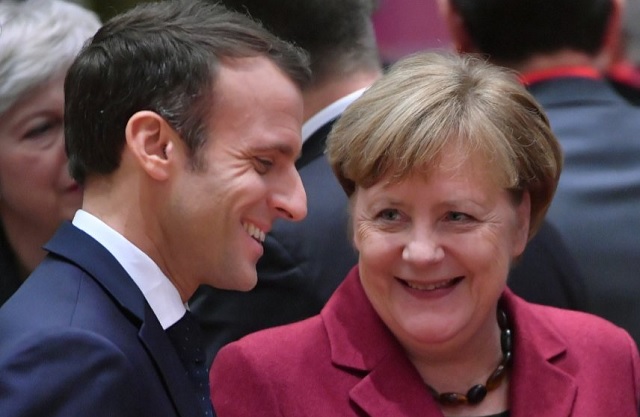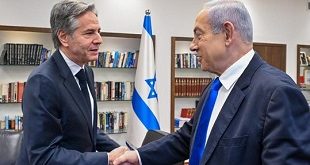
Berlin, Germany | AFP | Enemies during both world wars, France and Germany have since forged a close friendship, acting together as the powerhouse driving the European Union.
Below are highlights of their relations since the end of World War II:
– Beginnings of EU –
– May 9, 1950: French foreign minister Robert Schuman proposes an organisation pooling France and West Germany’s coal and steel production. It leads, a year later, to the creation of the six-nation European Coal and Steel Community, a precursor to the European Economic Community and European Union.
– January 22, 1963: French president Charles de Gaulle and West German chancellor Konrad Adenauer sign the Elysee Treaty on Franco-German cooperation in Paris.
The friendship treaty between the former foes goes on to become a building block of European unity.
– Joint projects –
– March 13-14, 1969: France and West Germany decide to jointly produce the Airbus aircraft.
– January 20, 1983: In a strong signal of French confidence in West Germany, president Francois Mitterrand backs in its parliament the decision to locate American missiles on German soil in the face of Soviet missiles during the Cold War.
– Hand in hand –
– September 22, 1984: Mitterrand and chancellor Helmut Kohl stand hand in hand in Verdun, France, at commemorations of the death of French and German soldiers during the two world wars.
– October 2, 1989: Creation of a Franco-West German military brigade.
– German reunification –
– December 20-22, 1989: After the fall on November 9 of the Berlin Wall separating West and East Germany, Mitterrand — wary about reunification — visits East Germany.
– September 17-18, 1990: Just before reunification on October 3, Mitterrand and Kohl sign an agreement to increase cooperation.
– October 2, 1990: Creation of the Franco-German television channel Arte.
– Economic and Monetary Union –
– February 7, 1992: Signature of the Maastricht Treaty, the basis of European Economic and Monetary Union, largely powered by Mitterrand and Kohl.
– May 22, 1992: Creation of Eurocorps, an intergovernmental standing army corps which integrates the Franco-German brigade.
– July 14, 1994: On France’s national day, 200 German soldiers serving in Eurocorps parade on the Champs-Elysees in Paris.
– Commemorating world wars –
– June 6, 2004: Chancellor Gerhard Schroeder becomes the first German leader to take part in the commemoration of the Allied landing in Normandy on the 60th anniversary of World War II’s D-Day.
– November 11, 2009: Angela Merkel becomes the first German head of government to commemorate in Paris the anniversary of the World War I armistice.
– Solving Europe’s problems –
– June 6, 2014: On the sidelines of D-Day anniversary ceremonies, French leader Francois Hollande and Merkel foster a meeting between Russian President Vladimir Putin and Ukrainian president-elect Petro Poroshenko, in efforts to resolve a damaging crisis in their relations.
– July 13, 2015: Merkel and Hollande, at odds over how to deal with the Greek debt crisis, secure an accord with its prime minister Alexis Tsipras to keep Greece in the eurozone in exchange for tough austerity measures.
– New treaty –
– January 22, 2019: The signature by Merkel and French President Emmanuel Macron of a new treaty further strengthening Franco-German cooperation.
It comes two months after joint commemorations of the 100th anniversary of the end of World War I and 55 years after their first friendship treaty.
 The Independent Uganda: You get the Truth we Pay the Price
The Independent Uganda: You get the Truth we Pay the Price


